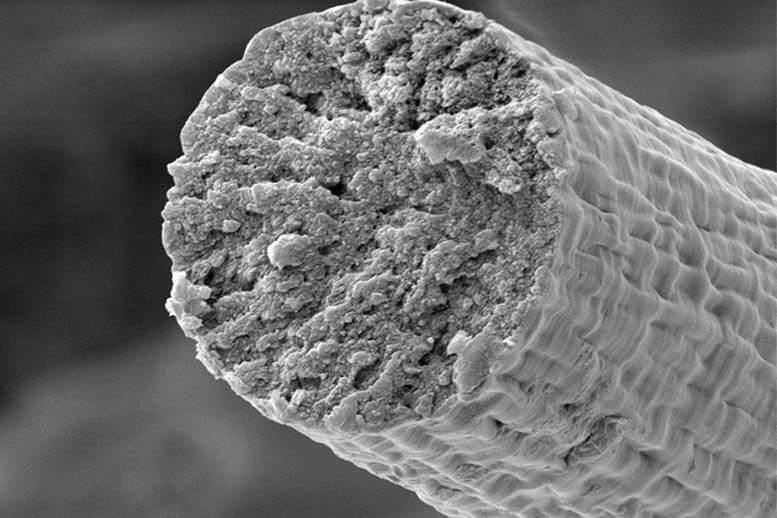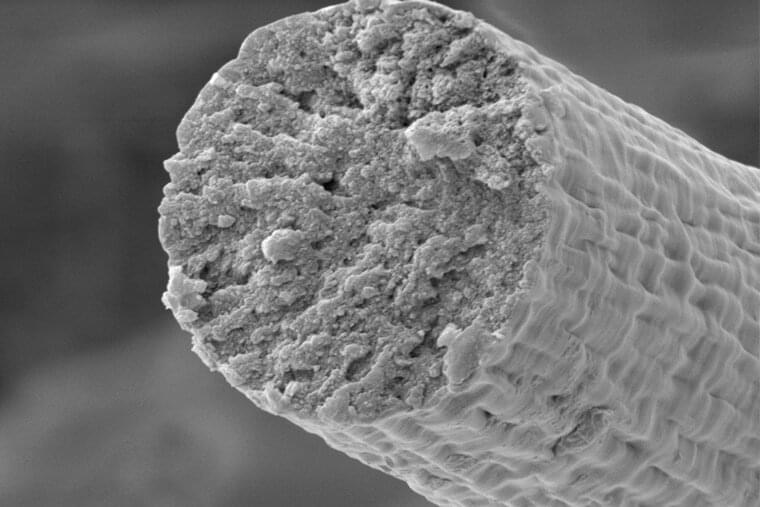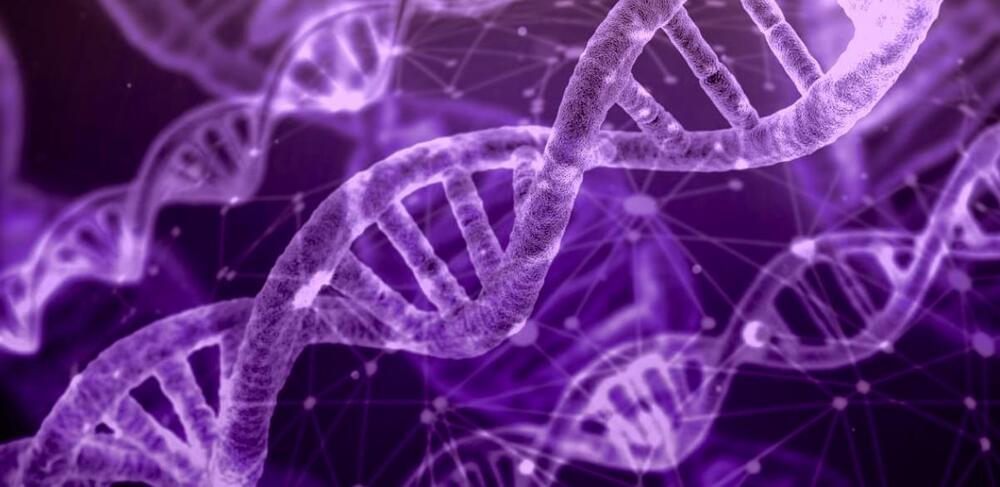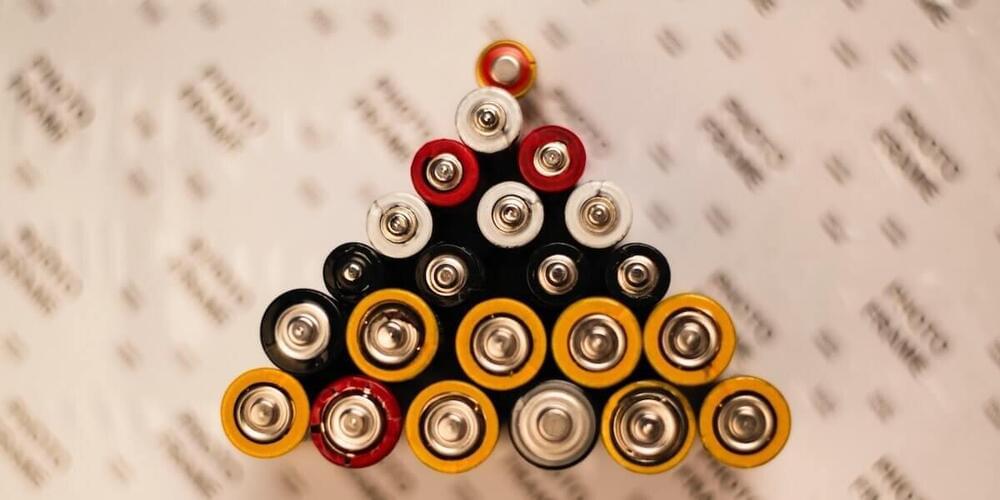Life is an integrated flow of quantum computational processes giving rise to our conscious experience. Based on the ontological model, the Cybernetic Theory of Mind by evolutionary cyberneticist Alex Vikoulov that he expands on in his magnum opus The Syntellect Hypothesis: Five Paradigms of the Mind’s Evolution, comes a new documentary ― Consciousness: Evolution of the Mind.
This film, hosted by the author of the book from which the narrative is derived, is now available for viewing on demand on Vimeo, Plex, Tubi, Social Club TV and other global networks with its worldwide premiere aired on June 8 2021. This is a futurist’s take on the nature of consciousness and reverse engineering of our thinking in order to implement it in cybernetics and AI systems.
Many definitions have been given to consciousness but we still don’t seem to have a widely accepted, uniform one. Part I, What is Consciousness? gives us the most comprehensive definition of consciousness, makes a clear distinction between ‘Mind’ and ‘Consciousness’, and sheds light on the fundamental physics of consciousness. Qualia, cognition and development of the human mind are addressed in this opening part of the documentary.









